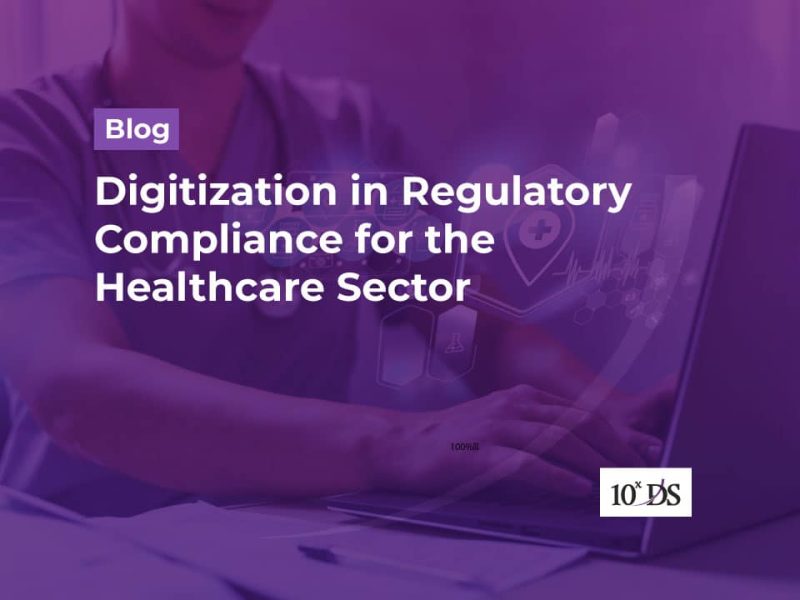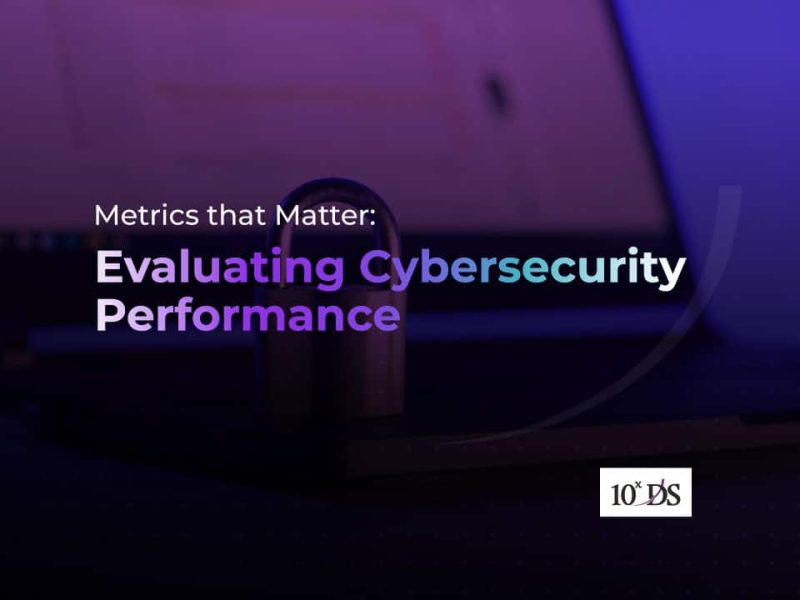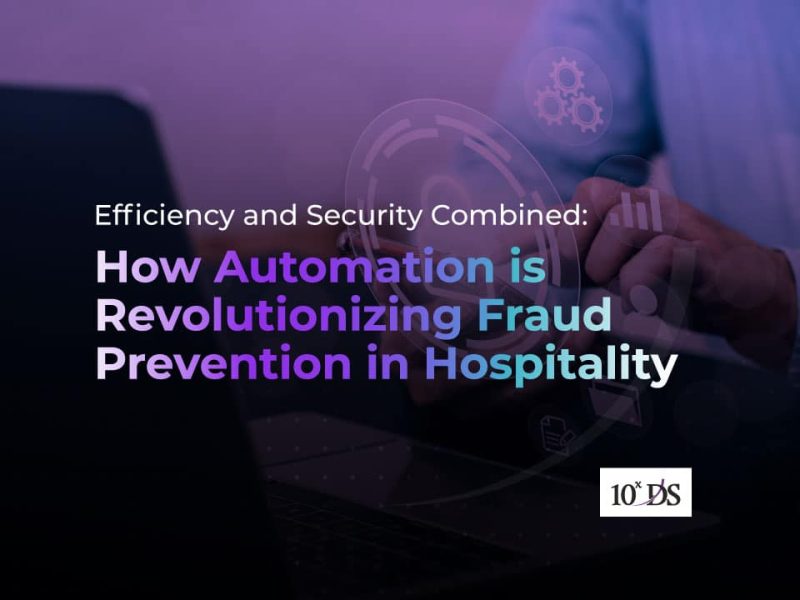
Beyond the Breach: Navigating the Future of Cybersecurity
Cyber-attacks have been a threat since the earliest days of computer networks. In the past, cyber-attacks tended to be relatively unsophisticated, relying on simple methods like viruses, worms, and denial of service attacks. As technology advanced, so too did the methods of attackers, with malware, phishing, and social engineering attacks becoming more common. Over the years, cyber-attacks have become more targeted, more damaging, and more difficult to detect and prevent. By examining the evolution of cyber-attacks over time, we can gain a better understanding of how these threats have changed and what steps can be taken to mitigate the risks associated with them.
In the 1980s and 1990s, the first computer viruses and worms emerged, spreading rapidly via floppy disks and early computer networks. Denial of Service (DoS) Attacks were reported in the late 1990s and early 2000s, in which attackers overload a server or network with traffic, making it unavailable to legitimate users. As computer use became more widespread, so did the use of malware, including Trojans, keyloggers, and spyware aimed to steal sensitive data or take control of a computer system. In the 2000s and 2010s, phishing attacks became more prevalent, in which attackers use fake emails or websites to trick users into revealing their personal or financial information. Social engineering attacks also emerged, in which attackers manipulate users into giving up sensitive information or access to computer systems. In recent years, ransomware has become a major threat, in which attackers encrypt a victim’s files and demand payment in exchange for the decryption key. These attacks can be highly disruptive, causing businesses and individuals to lose access to critical data.
In today’s digital age, cyber-attacks have become an ever-present threat to individuals, businesses, and governments. With the growing reliance on technology and interconnected systems, cybercriminals have become increasingly sophisticated in their methods and tactics. From targeted attacks and fileless malware to cloud-based attacks and supply chain breaches, the threat landscape has expanded and evolved in recent years. As organizations continue to digitize their operations and store sensitive data online, it is more important than ever to understand the current state of cyber attacks and take appropriate measures to protect against them.
- Advanced Persistent Threats (APTs): APTs are targeted attacks that are carried out over an extended period of time, often by state-sponsored groups or other highly motivated attackers. APTs typically use a combination of techniques, such as social engineering, malware, and zero-day exploits, to gain access to a target’s network and steal sensitive data.
- Fileless Malware: Fileless malware is a type of attack that does not use a file or traditional malware payload. Instead, it resides in a computer’s memory or runs in the background, making it difficult to detect and remove.
- Cloud-based Attacks: As more businesses move their data and applications to the cloud, cybercriminals are increasingly targeting cloud infrastructure and services. These attacks can include data breaches, account takeovers, and attacks on cloud-based applications.
- Supply Chain Attacks: Supply chain attacks target third-party vendors or suppliers to gain access to a target’s network. This type of attack can be especially dangerous as it can allow an attacker to bypass a target’s security controls and gain access to sensitive data.
With technology rapidly advancing and becoming more intertwined with our daily lives, the future of cyber-attacks is an ever-present concern. As we move forward, cybercriminals will continue to innovate and find new ways to exploit vulnerabilities and gain access to sensitive data. The future of cyber-attacks is difficult to predict, but there are some trends that suggest what we can expect to see in the coming years. From AI-powered attacks to quantum computing and cyber warfare, there are many potential threats on the horizon. It is critical that individuals and organizations stay informed and take appropriate measures to protect against these emerging threats. By understanding the future of cyber-attacks, we can work to mitigate the risks and ensure a secure digital future.
1. Artificial Intelligence (AI)-Powered Attacks
AI is already being used to automate certain types of attacks, such as spear-phishing and malware distribution. As AI becomes more advanced, it is likely that attackers will use it to conduct more sophisticated and targeted attacks. One way that AI can be used in attacks is through the use of machine learning algorithms. These algorithms can be trained to identify vulnerabilities in a system and exploit them. This could include everything from identifying weak passwords to finding flaws in software code. AI can also be used to create convincing phishing emails or social engineering attacks.
2. Internet of Things (IoT) Attacks
As more devices become connected to the internet, there will be more opportunities for cybercriminals to exploit vulnerabilities in these devices. This could include everything from smart home devices to industrial control systems. One of the primary concerns with IoT devices is that they often have weak security protocols or default passwords that are easily guessable. This can make them vulnerable to attacks such as botnets, where hackers take control of many devices and use them to conduct attacks on other targets
3. Cyber Warfare
Nation-states are increasingly using cyber attacks as a tool of warfare. Cyber warfare can take many forms, including attacks on critical infrastructure, theft of sensitive information, and disruption of communications networks. These attacks may be carried out by state-sponsored hackers, military units, or other groups seeking to achieve political or military objectives through digital means. While cyber warfare is a relatively new form of warfare, it has already had a significant impact on global politics and national security.
4. Quantum Computing
Quantum computing has the potential to break many of the encryption algorithms that are currently used to protect sensitive data. This could include everything from bank transactions to military communications. While this technology is still in its infancy, it is likely that attackers will eventually use it to crack encrypted data.
To prepare for these future threats, it is important for individuals and organizations to stay up to date on the latest trends and adopt appropriate security measures. It requires a multi-pronged approach that involves both technology and human factors. Day-to-day activities like keeping software up to date, using strong passwords and multi-factor authentication, conducting regular security audits, Actionable incident response plan, regular data back-up, and employee training will need to be continued while look for new ways of safeguarding from newer attack trends. That is to defend against AI-powered attacks, we need to use AI to detect and respond to attacks in real time, as well as to identify patterns and anomalies that may be indicative of an attack.
Talk to our experts to know more about how to be prepared and safeguard your data.


